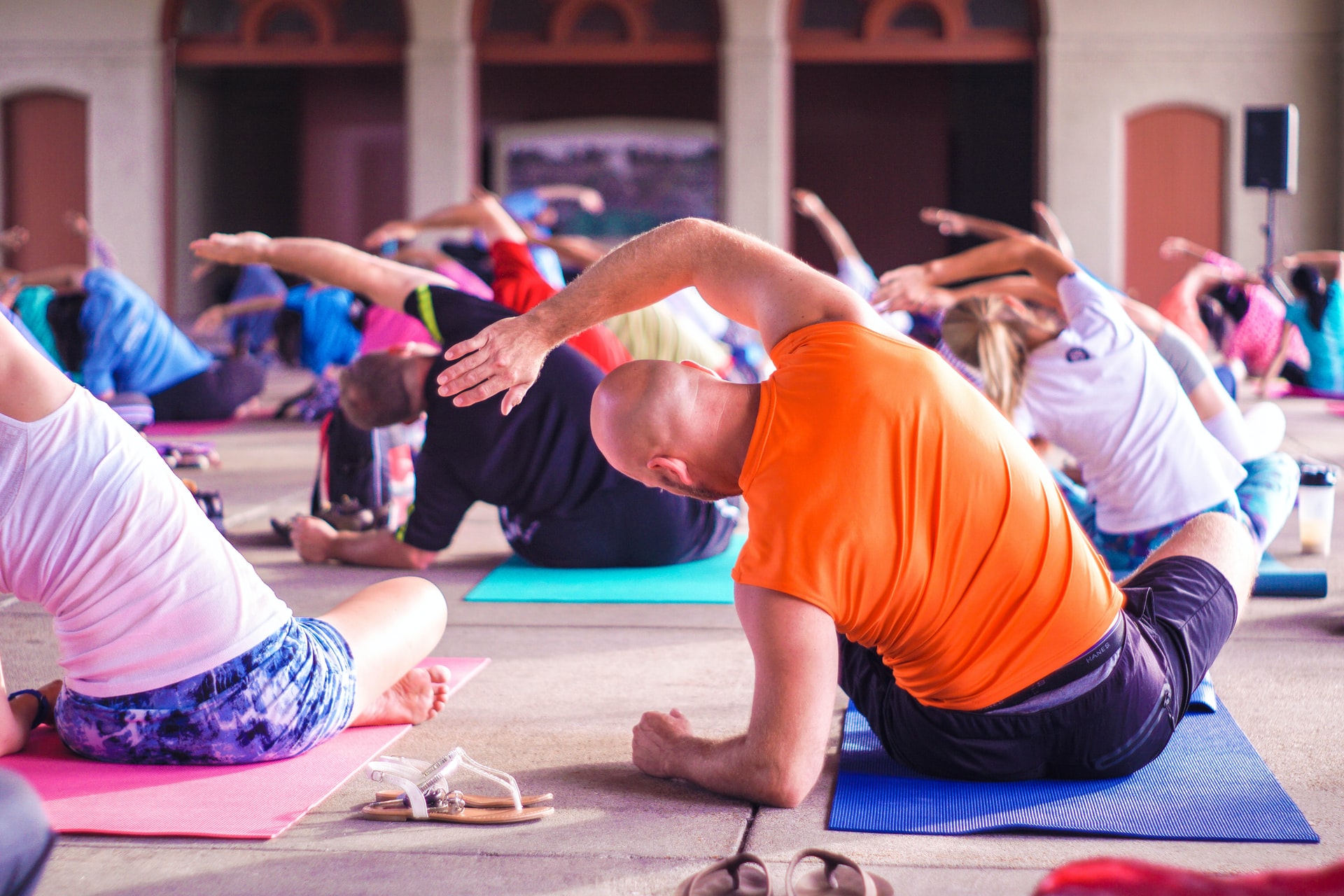You must behave slowly and methodically to achieve the targeted goal – Gaining Weight After A Diet. You can’t expect to shed all of your weight gain in the form of water ejected from your body if you embark on a three-day diet.
Putting On Weight:
In order to reduce weight, dietary changes must be done on a regular basis. You can indulge once in a while, but if you restrict your calories for a while and then return to your old eating habits, you’ll weight gain faster than you think. Dieting should not be thought of as something you do for a short period of time.

Competent Training:
Our bodies are biologically programmed to hold on to extra weight gain. So when we exercise, our bodies experience a calorie deficit, heightening hunger signals.
Those trying to lose weight, on the other hand, overestimate their calorie expenditure while underestimating their food intake.
Exercise burns calories and fat while also improving metabolism by increasing muscular mass.
An Honest Approach To Hunger:
Some women struggle to lose weight because they are always hungry, so they bring snacks with them and eat even when they are not hungry.
Others eat to relieve tension or boredom. However, you should not eat until your stomach grumbles and concentration becomes difficult.
All sugars aren’t created equal:
Despite the fact that sugars have a similar chemical structure, the body does not process them the same way. Simple sugars like fructose and glucose are prevalent in our diets. Fructose should first be transformed in the liver before it can be metabolized by any vasculature in your body. Ingesting too much fructose raises lipids and triglycerides in the blood, which leads to weight gain and heart disease.

The Weight-Loss Formula Is Straightforward:
You should consume fewer calories than you expend. And it’s here that the food you eat matters.
Diets That Last Only One Day Aren’t For You:
When you lose weight quickly on a diet, you don’t learn how to eat healthily, adjust portion sizes, or limit anything that leads to overeating, so the pounds will return quickly.
A calorie isn’t just a calorie: it’s a calorie with a purpose.
It’s a calorie with a reason to exist. Processed foods high in saturated fat, refined wheat, or sugar, which change hormonal signals that tell your brain you’re full, can trigger inflammation.
As a result, you eat a lot more than usual. In addition, research shows that junk food can be addicting.
To Us, Proteins Are Everything:
Protein is necessary for the growth of muscle mass, which helps the body’s metabolism and allows you to burn more calories.
Participants in a weight-loss program who ate twice as much protein as they normally did lose 70% of their body weight.
When it comes to fat, keep an eye on your portion sizes. Above all, include fruits and vegetables in each meal.
Stress And Sleep Deprivation:
Sleep deprivation also raises ghrelin levels, an appetite hormone, while lowering leptin levels, a satiety hormone.

When you’re tired, your body produces cortisol, a stress hormone that makes you crave carbs.
The Less You Eat, The Less Weight You Need To Lose:
Your body produces less of the fat hormone leptin as you lose weight. When we lose 10% of our body weight, our leptin levels drop by roughly half.
Your brain is programmed to assume you’ve dropped more weight than you actually have. As a result, it tells your body to take more calories while burning fewer – Weight Gain After A Diet.
The Physical Ramifications Are Significantly More Severe:
The more you burn the muscles that give you strength, the worse your diet becomes.
Depending on how much weight you need to lose and how much you’re already consuming, cut 500 to 1,000 calories every day through diet and activity.
According To A Fitness Trainer, These Are The Best Boredom Busters:
People who are just starting an exercise regimen may feel bored with the same activity after a short time.
When it comes to staying active, losing motivation is one of the most difficult obstacles to overcome.
A Guide To Finding A Fitness Club:
By then, you’ll have a better sense of what you need at a fitness club. When choosing the ideal fitness club for you, keep the following characteristics in mind.
You want to join a gym, but there are far too many options! You’ll end up with a headache as a result! Clubs for fitness can be really encouraging.
Before you join a fitness club, make sure that it matches your needs and expectations. To begin, you must determine your priorities.
Rather than frustrating us, they should excite us.
What Is The Purpose Of A Pre-Workout Warm-Up?
Make sure you don’t make the same mistakes they did! People who don’t do a pre-workout warm-up don’t realize how important it is. working with simulations and apparatus.
This distinct combination of exercises mobilizes the body in anticipation of oncoming pressures, warms up the muscles, and meticulously prepares the athlete’s ligamentous-articular system.
With hardly enough time to change clothes, 95 percent of gym and exercise room patrons proceed to the most productive phase of the workout.
Conditionally, the warm-up consists of the following elements:
Once the muscles have warmed up, stretching is a sort of exercise that involves the progressive, controlled execution of a sequence of activities.
Warm-up, in general, to guarantee that the body is functionally ready for the forthcoming instruction.
General Warm-up Exercises:
This is a common pre-workout warm-up that takes no more than 10-15 minutes. Jumping rope, light sprinting, and rotating motions are all ideal ways to increase ligamentous-articular system flexibility.

Stretching:
After a warm-up, i.e. after the muscles have warmed up, stretching is defined as the stretching of muscular and fascial structures.
Many rookie athletes mix up the terms “warm-up” and “stretching,” assuming that the two are interchangeable.
Meanwhile, these two techniques of preparing the body for impending workout loads are significantly different.
Warm-up Exercises:
It’s considered that after a warm-up like this, the body “remembers” how to do the exercise correctly. Each exercise in the training program is completed with minimum working weights, usually no more than 10 repetitions, before moving on to the next.
Hitch:
Don’t forget to cool down after your workout. This is the workout’s final phase. It is made up of a sequence of soothing tasks that should take no longer than 5-10 minutes to complete.
Cooling down after exercise aids in the elimination of lactic acid from the muscles and the restoration of blood flow.
Slow stretching in several directions or a smooth run followed by a transition to walking are the most common options.



